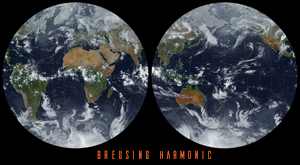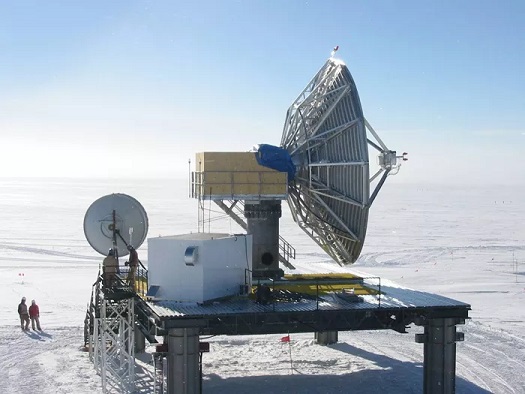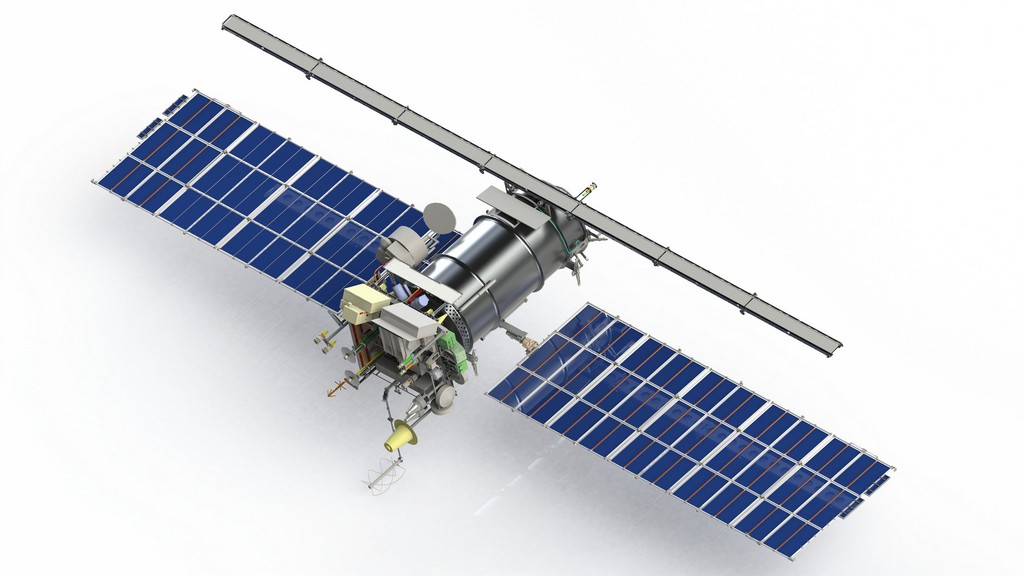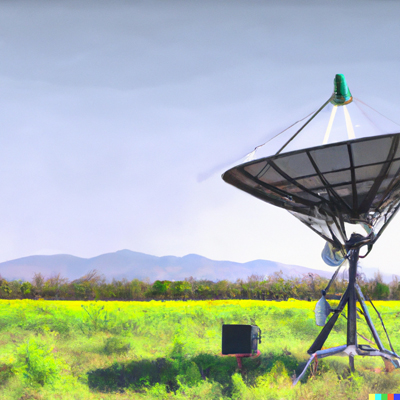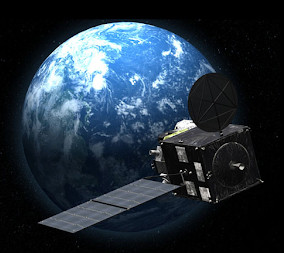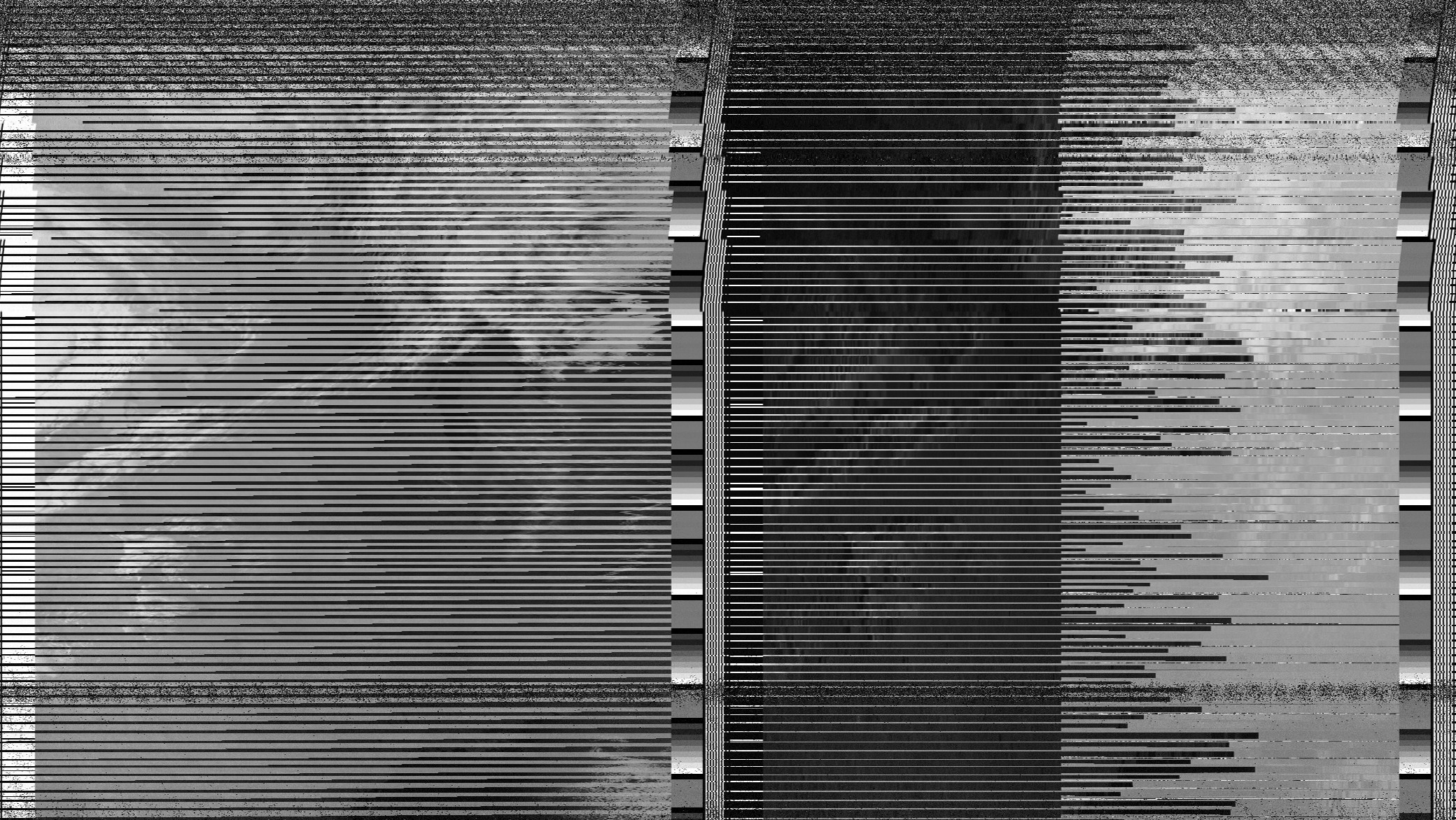![]()
Nothing lasts forever…. Update 09/27/2023 The AVHRR/3 sensor on board NOAA 15 has repeatedly seized, and no other attempts will be made to recover the instrument. However, the spacecraft itself remains healthy and other subsystems remain active. Therefore, there is no plan for decommissioning the spacecraft at this time. It is important to note that … Delve Deeper “End Of Life for NOAA 15,18,19?….not so fast…” »



